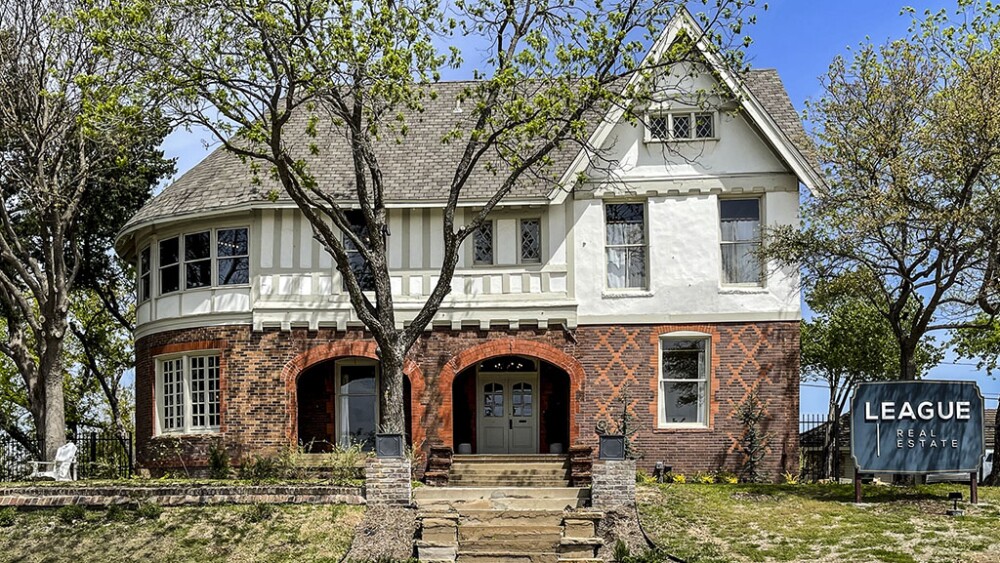We talk about landmarks all the time — they help us remember historic events, contribute to the culture of our town, and serve as icons and wayfinding throughout the city. But do you know how a landmark gets its designation?
The Historic and Cultural Landmarks Commission (HCLC) has been around since 1981 and oversees historic, cultural, architectural, and archaeological preservation in Cowtown. The HCLC helps determine which properties are eligible for historic designations and how guidelines can protect the town’s built history.
Three types of local historic designations
Both individual properties and neighborhoods — like the Fairmount/Southside Historic District — can hold historic designations.
Historic and Cultural Landmark (HC) properties must meet at least two of the Historic Preservation Ordinance’s criteria.
Designated HCs are:
- Eligible for a 10-year tax freeze
- Subject to the Secretary of the Interior’s standards
for exterior rehab work - Require an approved Certificate of Appropriateness for exterior changes
Highly Significant Endangered (HSE) properties meet at least three of the Historic Preservation Ordinance’s criteria and are “threatened by irretrievable loss.” Designated HSEs have the same requirements as an HC but are eligible for up to a 15-year tax freeze.
Demolition Delay is a minimal type of historic designation for the purpose of temporary protection. It only comes into effect if a property is slated for demolition and can preserve the building for up to 180 days while the HCLC determines its historic significance.

Constructed in 1893, the Messer House is designated a Highly Significant Endangered Landmark and was converted into an office in 2022 by League Real Estate.
Photo by @fortwortharchitecture
What makes a property landmark-worthy?
The Historic Preservation Ordinance outlines the requirements a property must meet to be designated based on its significance and integrity.
Properties are considered significant if they represent a location’s heritage, a particular architectural style or designer, a historical figure or event, or an archaeological period — essentially, the building’s association with a person, place, time, or style that contributes to Fort Worth’s history. Significance also takes into account the property’s other landmark designations, like a listing on the National Register of Historic Places.
A property’s integrity has to do with its ability to convey its significance through one of the seven aspects of historical integrity — basically, how completely it embodies its history.
What is the process for a historic designation?
- Submit an application for an individual site or a district. Nominations can be submitted by the city manager, City Council, HCLC, or the property owner.
- The HCLC will review the case in a public hearing, held on the second Monday of each month.
- City Council will hold a hearing to determine the official designation within 45 days of the HCLC hearing.
- Once properties are designated, owners can make changes will the proper certificate and qualify for tax exemptions based on improvements to the property.
If you have questions about historic designations or renovation work on a historic property, contact Lorelei Willett, the city’s historic preservation officer.











